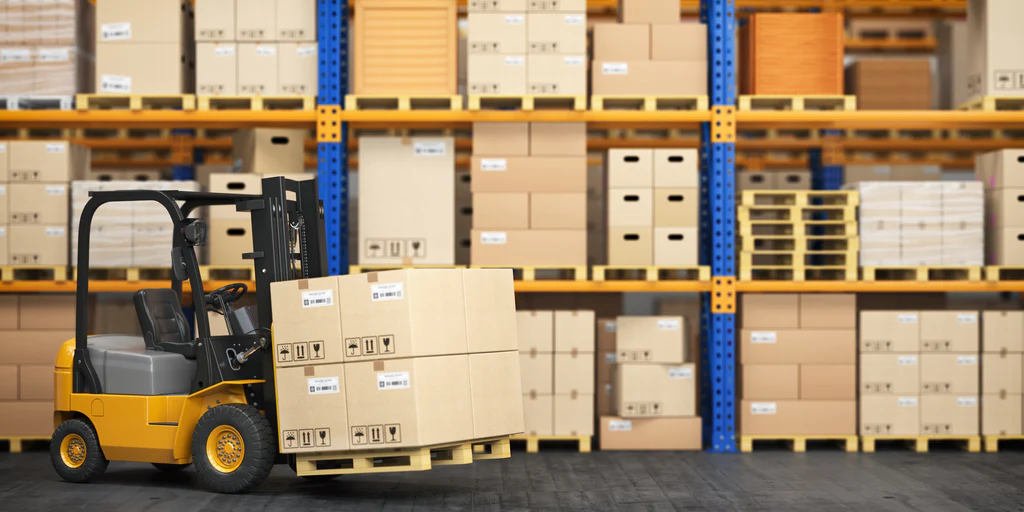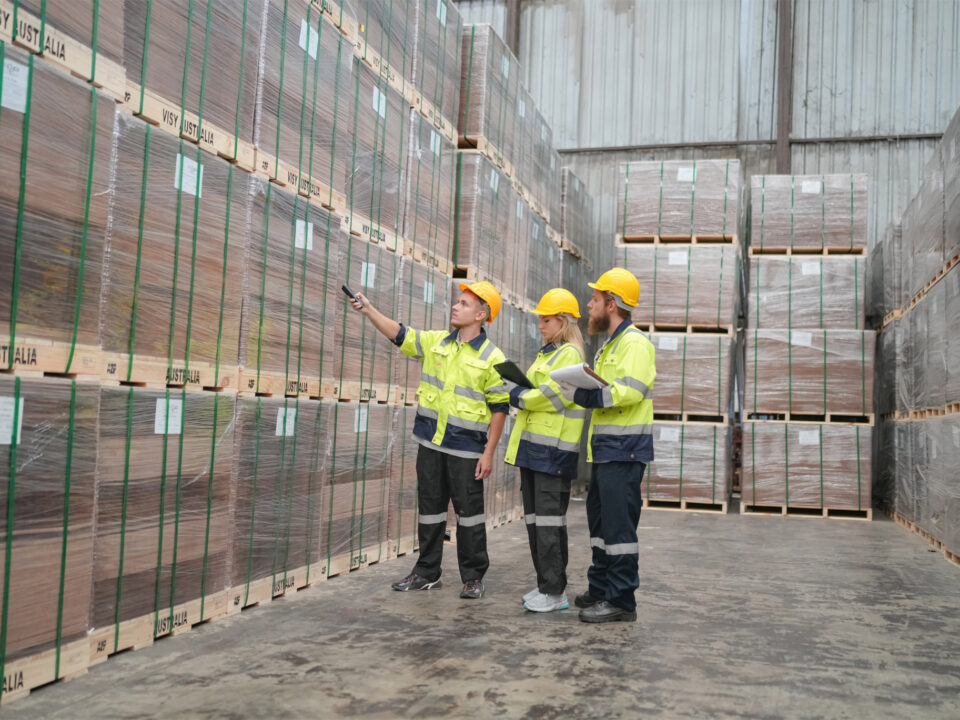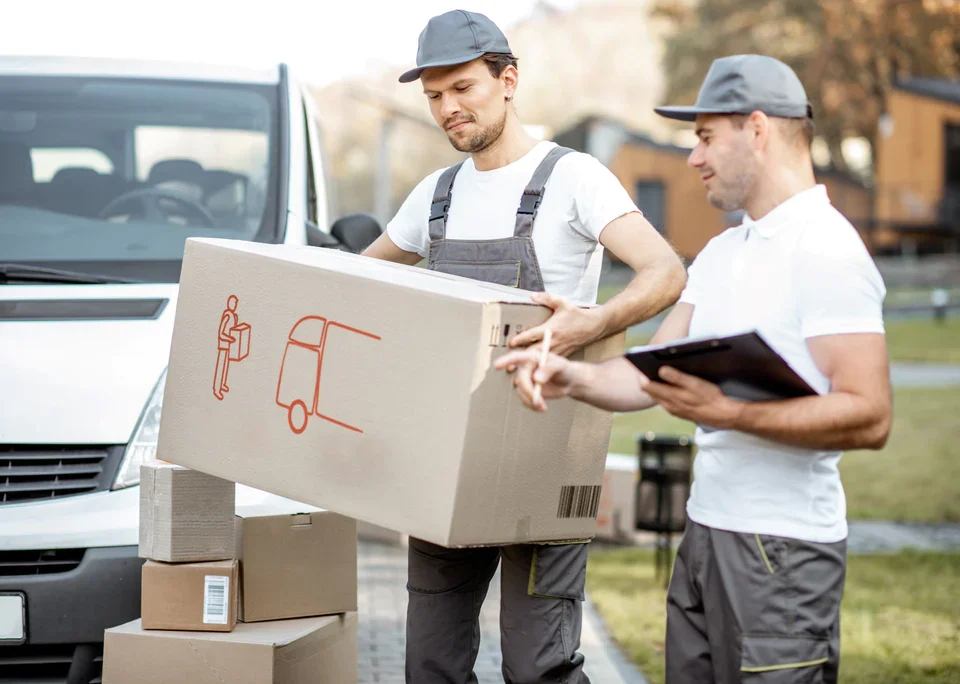
Benefits of Using Biodegradable Materials In Packaging
January 18, 2024
How to customise your food packages?
January 19, 2024Safe and efficient product shipping requires careful consideration of various factors, including selecting suitable boxes and cost-effective shipping options for small businesses. For distribution centers, correct pallet stacking is crucial to prevent product damage during shipping.
To that end, we have provided a comprehensive guide on how to stack a pallet safely with 7 essential techniques, including the most effective pallet stacking patterns and techniques for stacking mixed boxes.
What Is Pallet Stacking?
Pallet stacking refers to the method of organizing and arranging goods on a pallet for efficient transport and storage. To stack a pallet, items are placed in a specific way to ensure stability and safety during movement. This involves aligning items in neat rows or columns, with heavier items placed at the bottom and lighter items at the top.
How You Can Stack a Pallet?
Pallets have become a prevalent choice in the warehousing and logistics sector due to their ability to efficiently store and transport vast amounts of goods. However, pallet stacking requires careful planning and execution to ensure that the goods are safe and secure during transport.
Therefore, it is crucial to know how to stack pallets safely to ensure the safety of your employees and the goods you handle. Let's explore the seven steps you can take to stack a pallet correctly.
1- Prioritize Pallet Inspection
Before stacking any goods onto a pallet, it's crucial to inspect the pallet itself. Look for any damage or defects, such as broken boards or protruding nails, that could compromise the safety of the goods or the stability of the stack. If the pallet is damaged, it's best to replace it with a new one.
2- Strategize Your Pallet Stacking Pattern
The next step is to plan the pallet stacking pattern. This involves determining the best way to stack the goods to create a stable and secure stack. There are several pallet stacking patterns to choose from, including the block pattern, the brick pattern, and the pinwheel pattern.
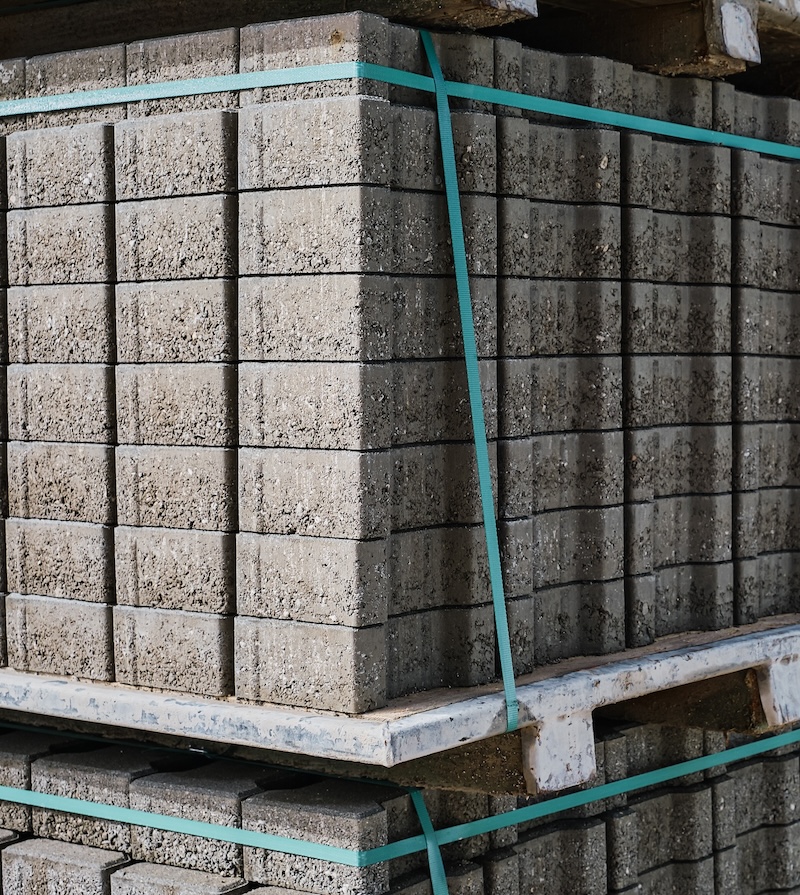
3- Place Heavier Boxes at the Bottom
Once you have determined the pallet stacking pattern, it's time to start stacking the boxes onto the pallet. Start by placing the heaviest boxes on the bottom layer. This will help to create a stable foundation for the stack.
4- Align Boxes Closely to the Edge
As you continue to stack the boxes, make sure to line them up as close to the edge of the pallet as possible. By doing so, it will enhance the stability of the stack and minimize any potential shifting of the boxes during transportation.
5- Secure Pallets with Straps
To keep the boxes in place, use straps to fasten them to the pallet. Ensuring that the boxes do not shift during transportation can significantly reduce the likelihood of damage to the goods being transported. Make sure to tighten the straps securely, but not so tight that the boxes are crushed or damaged.
6- Ensure Stability with Shrinkwrap
Once the boxes are fastened to the pallet, secure them with shrinkwrap. The use of shrinkwrap is beneficial in multiple ways, as it serves to both secure the boxes in position and safeguard them against potential moisture and other environmental hazards.
7- Maintain Your Pallet Racking
Finally, don’t forget about pallet racking - the shelving system for storing and transporting pallets in the warehouse. Choose the right system and follow installation/use instructions to prevent accidents and injuries.
Techniques For Improving Pallet Density & Stability
Efficient logistics rely on stable pallets for easy movement of goods. Unstable pallets caused by poor stacking can damage items during transportation. Thus, improving pallet density and stability through effective techniques is crucial for successful pallet stacking.
Let's take a look at some of the most effective techniques for improving pallet density and stability.
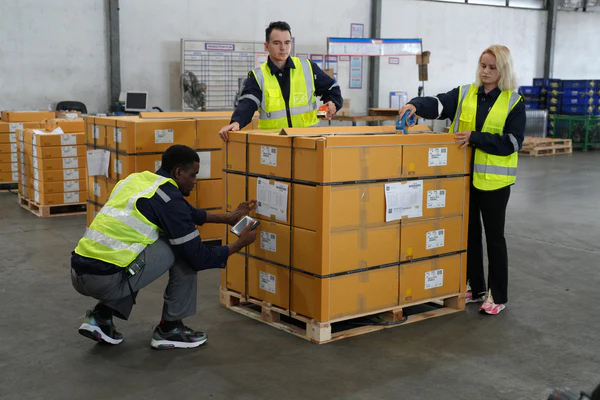
1- Prioritize Heavy Items
When stacking pallets, it is essential to place the heaviest items at the bottom. Doing this will create a sturdy foundation for the rest of the items and prevent the pallet from becoming top-heavy, which can lead to tipping during transportation.
2- Load Boxes to the Edge, But Never Over
To improve pallet density and stability, it is essential to stack items up to the edge of the pallet but not over it. Overhanging items can cause the pallet to become unstable, and they are also more likely to be damaged during transportation.
3- Build Pallet Stacks Like a Wall
When stacking boxes on a pallet, it is essential to lay them like you would lay bricks. This means staggering the boxes on top of each other, with each box slightly offset from the box beneath it. Staggering boxes also creates a stronger structure, which can improve the overall stability of the pallet.
4- Say Goodbye to the Pyramid
One of the most common mistakes in pallet stacking is creating a pyramid shape. A pyramid shape can cause the pallet to become top-heavy, making it more likely to tip over during transportation. To avoid this, it is essential to stack items in a uniform manner, creating a flat surface on top of the pallet.
5- Strap up
Strapping the load to the pallet effectively enhances stability by preventing any movement during transportation. When using straps, it is essential to make sure they are tight and secure, as loose straps can be ineffective and even dangerous.
Is it safe to double stack pallets?
In general, it is not recommended to move double stacked pallets as a stack. This is because the additional forces exerted when tilting and transporting the stack can lead to its collapse.
Tools & Materials to Stack Pallet
Stacking pallets requires several tools and materials to ensure that the load is stable, secure, and easy to transport. Some of the most essential tools and materials used to stack pallets include:
Pallets: The right pallet choice is critical to pallet stacking. Wooden pallets are common and economical but prone to splintering. Plastic pallets are light and easy to clean but costly. Metal pallets are durable but heavy and expensive.
Straps: Straps secure loads to pallets and prevent movement during transportation. Nylon, polyester, and steel straps can be tensioned using ratchets or tensioners. Choosing the right type of strap and correct tensioning is crucial for preventing load movement.
Cardboard Edge Protectors: When transporting goods, protect them from damage with cardboard edge protectors from Orange Packaging. These protectors are designed to protect box edges during transportation by preventing crushing and damage. Simply cut to size and place on box corners, especially important when stacking boxes.
Stretch Film: Stretch films that can secure multiple boxes and provide protection during transportation. These films can wrap the whole pallet, and proper palletizing maximizes stability and load capacity, reducing the risk of damage during transport and ensuring safe delivery.
Packaging Tape: Tape is used to hold boxes and other items together to prevent them from shifting during transportation. It can also be used to label the contents of the pallet to make it easier to identify the items being transported
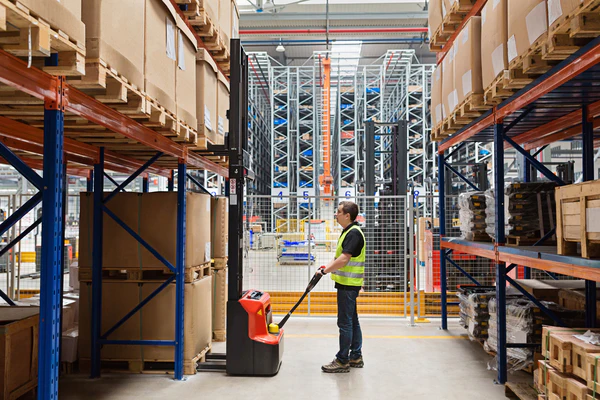
Frequently Asked Question About Stacking Pallet
Is it safe to double stack pallets?
In general, it is not recommended to move double stacked pallets as a stack. This is because the additional forces exerted when tilting and transporting the stack can lead to its collapse.
What is the maximum stacking height?
If you are manually stacking each piece on top of the other without the assistance of a machine, the maximum height for pallet stacking in a warehouse is generally no more than 220 cm.
What are the risks of stacking?
Improperly stacked materials can cause serious safety risks and injuries such as falling or collapsing loads that can result in crushing, pinning, or back injuries.







